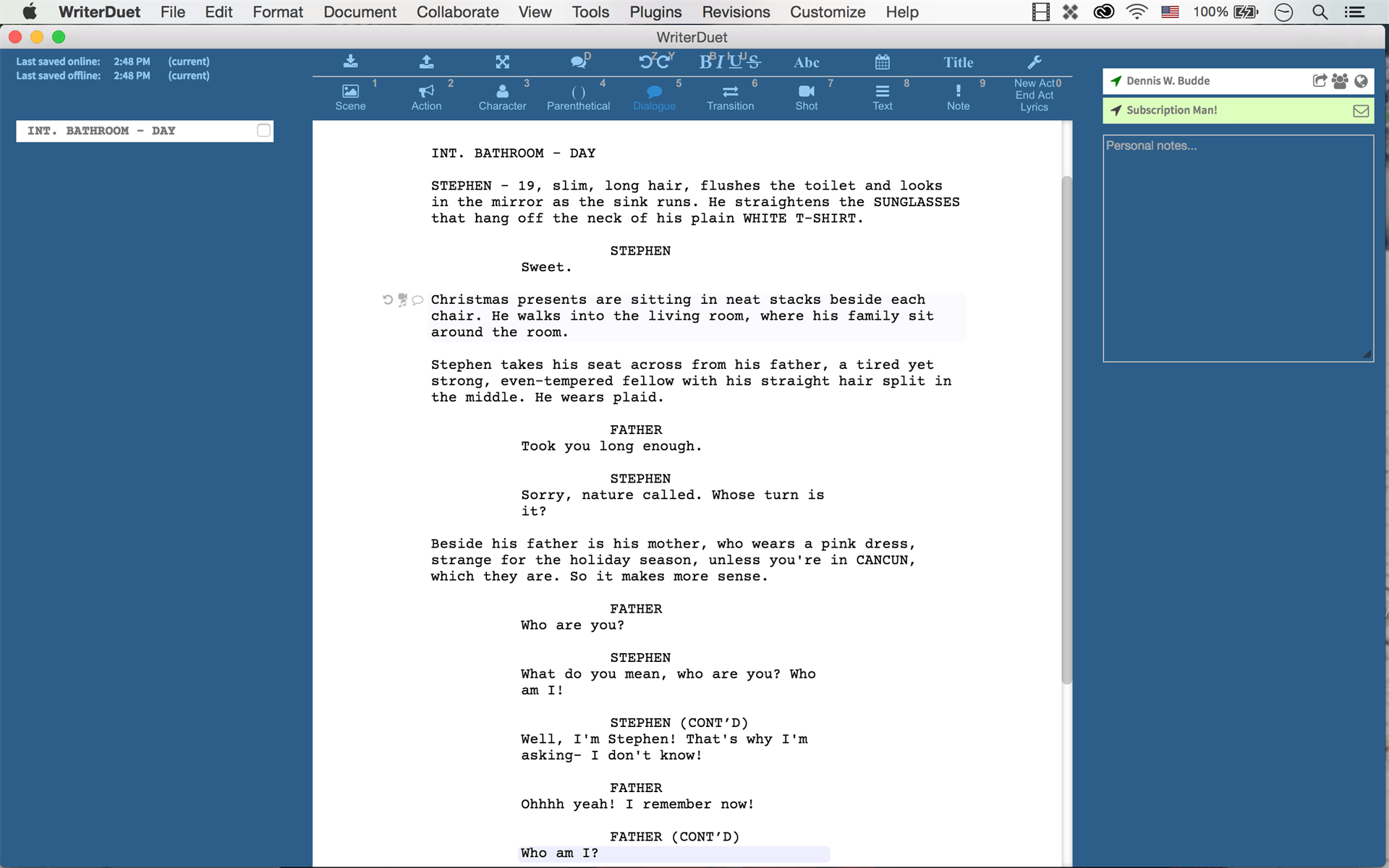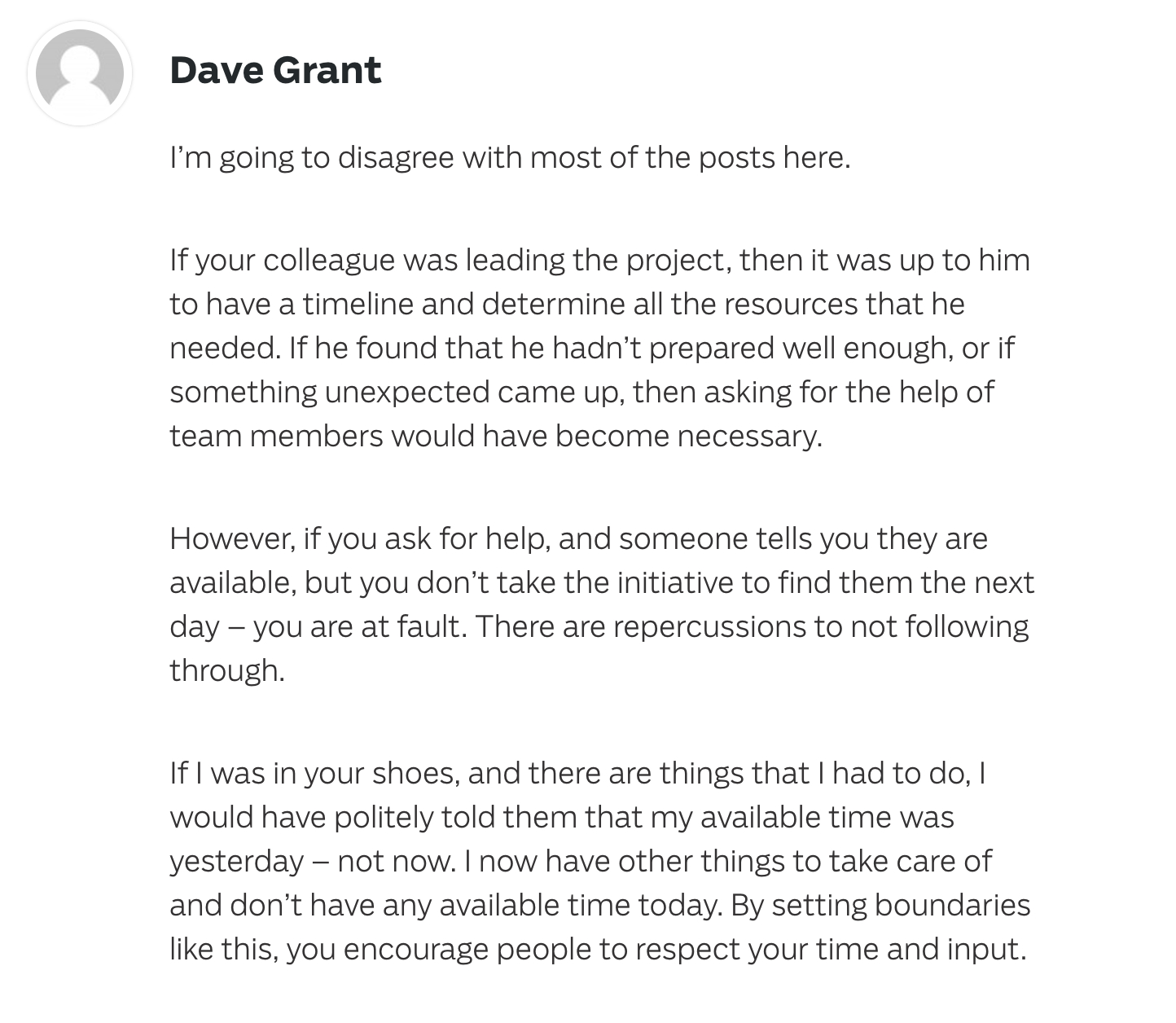

- FREE SCHEDULING SOFTWARE FOR MAC FINAL DRAFT TAGGER HOW TO
- FREE SCHEDULING SOFTWARE FOR MAC FINAL DRAFT TAGGER INSTALL
- FREE SCHEDULING SOFTWARE FOR MAC FINAL DRAFT TAGGER LICENSE
- FREE SCHEDULING SOFTWARE FOR MAC FINAL DRAFT TAGGER PROFESSIONAL
Search by software name, or by software suite such as 'Adobe', 'Microsoft', or 'Autodesk'. Statistical data analysis and modelling.Research: academic research allowed (but not commercial).Commercial: commercial research and consulting allowed.
FREE SCHEDULING SOFTWARE FOR MAC FINAL DRAFT TAGGER PROFESSIONAL
Administration: University administration and professional staff may use.Software usage rules are listed in the ‘Usage restrictions’ column. Free: this software has no cost, but could have restrictions on how and where it can be used, such as research purposes at St Lucia campus only.You will need to request a quote from one of UQ’s preferred suppliers and then place an order through UniFi. Request a quote: this software is available for use at UQ, but is not covered by an existing UQ funding arrangement, and is not available through UQeMarket.
FREE SCHEDULING SOFTWARE FOR MAC FINAL DRAFT TAGGER HOW TO
For more information on how to access and use UQeMarket, see the instructions for UQeMarket purchases. Purchase through UQeMarket: this software is available for use at UQ, but you will need to purchase a licence through UQeMarket.


If you're not sure if you're allowed to use these programs you can submit an IT request for more information. After I enter my Final Draft Customer Number and click Activate, I get a message saying the number is invalid.
FREE SCHEDULING SOFTWARE FOR MAC FINAL DRAFT TAGGER INSTALL
Funded site licence: this software has been purchased by a specific organisational unit, and they may have restrictions on who can use it and where. Tagger 2 (will not install on macOS 10.15 and later) NOTE: Final Draft 12 has a built-in tagging and script breakdown function that is superior to Tagger.There may be restrictions on where you can install it and who can use it. You can install these programs on UQ-owned computers. Centrally funded: this software is purchased by ITS and can be used by UQ staff or students. Although its long been regarded as the industry standard for screenwriting software, used on 95 of all productions, Final Draft is not resting on its. If youve ever wanted to play through the Final Fantasy series as a random guy named Barry, nows your chance File Name: final-fantasy-barry.Selecting a region changes the language and/or content on at UQ is covered by a range of funding arrangements that appear in the ‘Purchase’ column of the table: For example, following are the SWID tags for the custom offerings of Creative Cloud for Mac and Win:ġ. You can determine the Creative Cloud version looking at the SWID tags.įor custom offerings, the SWID tags mention the type of offering of Creative Cloud between "CreativeCloudEnt" and the version "1.0-Mac-GM-MUL.swidtag". Software tagging can thus be an important part of Software Asset Management. A software tag file is an XML file that contains information for identification and management of software products. The tag format that Adobe utilizes is the ISO/IEC 19770-2:2009.įor asset management, an administrator can run a SAM tool that scans the tag files on the client machine and parses them for analysis and reporting.
FREE SCHEDULING SOFTWARE FOR MAC FINAL DRAFT TAGGER LICENSE
Software tagging is the process of maintaining a set of tag files (.swidtag) on a client machine to determine the installation and license state of various software products. One approach to addressing this challenge is use of software tagging. Identification of standard Creative Suite application installs compared to Creative Cloud subscription based applications can also be difficult. This helps them in their Software Asset Management (SAM) tasks, and helps them to deploy the products effectively, while also complying with the licensing terms.Īs the number of employees in an organization and/or the software products deployed increases, the problem of maintaining the installation and license-related information becomes more and more challenging. Organizations have a need to determine, at any given point in time, the installation and license-related information about the software products deployed on their systems.


 0 kommentar(er)
0 kommentar(er)
